If you’ve ever watched a professional tennis match, you know how much stamina the sport requires. From thigh slaps to squats to light jumps, players will do just about anything to maintain their high energy and laser-focus.
A crucial part of the match, however, occurs in the brief pause between games: the 90-second changeover break, when players rest before switching sides.
Watch closely, and you’ll see how players make the most of these precious moments: burying their heads under a towel to meditate, changing their racquets, or fueling up on water and energy drinks.
Some players, like the great Serena Williams, have even sipped a quick coffee before returning to the court.
Whatever their method, these pro athletes understand the value of a break. A brief reprieve can provide a fresh surge of energy and motivation for the next game.
Much like a tennis match, the workday can also be a daunting mental and physical challenge, especially if you want to perform your best throughout the day.
In addition to finding your optimal work hours, taking multiple breaks can increase your productivity all day long.
I’ll repeat that for emphasis:
Taking breaks can increase productivity.
Our workaholic culture and the business epidemic tend to villainize time-wasting behaviors during work — like leisurely lunches and web browsing — but research proves that breaks can enhance your performance, on many levels.
Brief periods of distraction have been shown to improve both decision-making and creativity. On the other hand, prolonged attention to a single task can actually hinder performance. Pulling an all-nighter for one assignment? Not such a good idea after all.
There’s also evidence that waking periods of mental rest can improve memory formation. Apparently, during rest periods, your brain reviews and ingrains what it previously learned. Without rest, you run the risk of experiencing the old “in one ear, out the other” phenomenon.
At my company, Jotform, I incorporate intentional breaks throughout the day — and not only do I take breaks, but I try to take the right kind of breaks.
I wanted to share a few ways that help me add breaks to my workday; how to properly waste time.
How to take constructive breaks
You might be wondering, what kind of breaks should I take? Or, if you’re a manager, what kind of breaks should I encourage my employees to take?

1. Give your prefrontal cortex a breather
Generally, a good break is one that allows your prefrontal cortex to rest. That’s the part of your brain dedicated to logical thinking, executive functioning, and using willpower to override impulses.
There are many ways to do this, but it can be as simple as letting your mind wander.
One report found that daydreaming or zoning out has similar benefits as meditation. And meditation not only increases focus, but it gives your overworked prefrontal cortex a break.
2. Get your blood flowing
Taking a quick pause for physical activity can be extremely beneficial — and that doesn’t mean you have to squeeze in a SoulCycle class at lunch.
Just a 5-minute walking break every hour can improve your health and mental well-being. And mental wellness is critical on a personal and a professional level because research shows that happier workplaces are more productive.
Not only are walks good for your health, but prolonged sitting is actually bad for us. That’s one of the reasons we offer most of our 110 employees both standing and normal desks.
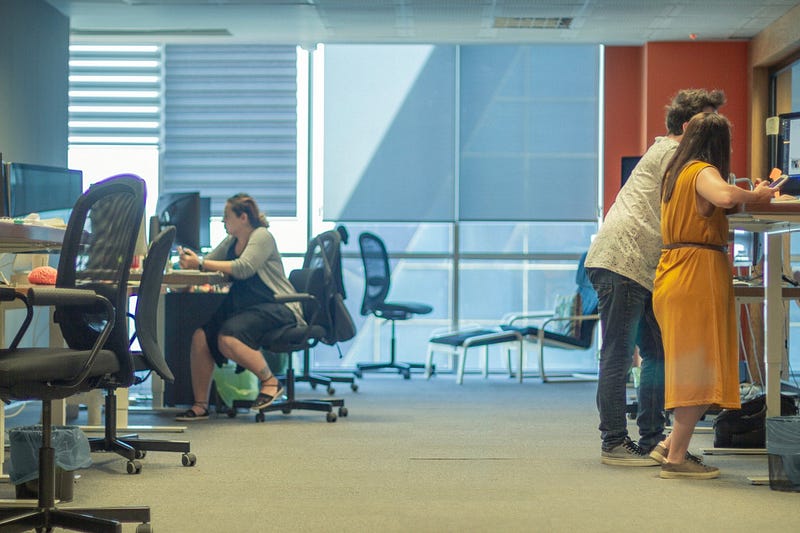
Walking can also boost creativity. A study from Stanford University showed that when people tackled mental tasks that required imagination, walking led to more creative thinking than sitting.
In the literary world, many accomplished novelists and poets have improved their craft by walking. Just a few of these famous walkers include Charles Dickens, Virginia Woolf, Henry David Thoreau, and William Wordsworth.
I’m one of these workday walkers, too. Whenever possible, I walk to lunch and take long strolls with new employees, so we can get to know each other better. At our San Francisco office, we take scenic walks on the Embarcadero and enjoy the calming bay views.
3. Linger by the water cooler
If taking a break is good, taking a break with colleagues may be even better.
Social breaks are important for both personal and professional well-being. For example, social breaks can reinforce bonds, improve morale, and increase opportunities for collaboration.
After observing the social habits at a Xerox corporate office, one study found that copy repair people who hung out in the coffee room were not wasting time — they were engaging in productive conversations about on-the-job challenges.
Other studies have shown that informal, casual conversations between call center workers increased productivity by 20%.
To make the most of social breaks, time management expert Laura Vanderkam recommends grabbing a coffee with a mentee or taking an afternoon walk with a direct report.
4. Go green
Trees, plants and green spaces are not only aesthetically pleasing, but taking breaks in a natural environment can significantly boost employee well-being, reduce stress, enhance innovative potential, and strengthen personal connections.

Time in nature dramatically improves our ability to think expansively and make better decisions.
It also seems to make us more helpful. For example, people who have just walked in a park or other natural environment are more likely to notice when others need help — and to provide that help.
It’s no coincidence that forward-thinking companies like Google and Facebook prioritize plant life in their office designs. In fact, Facebook’s most recent update to their Menlo Park headquarters included a sprawling rooftop garden.
In many East Asian countries, “forest bathing” has also become a popular office practice, because just a few minutes in nature has measurable benefits for our psychological well-being and our physical health.
5. Grab a bite… or surf the web
Vending machine calling your name? That’s not necessarily a bad thing.
Snack breaks are a great way to refresh during the workday. According to the University of Roehampton researcher Leigh Gibson, your brain works best with a consistent blood glucose level: 25 grams is optimal. So don’t forget to fuel yourself throughout the day.
Even web surfing, in moderation, can have a positive effect. Researchers at the National University of Singapore found that browsing the internet “serves an important restorative function.” That mini-break spent shopping on Amazon can revive you for the next task.
6. Keep it work-related
Ultimately, almost any mental time-out is effective, as long as you’re giving your prefrontal cortex a rest. Some studies, however, do recommend that these breaks should still be work-related. Specifically, your break should be a time to learn something new, reflect on the big picture, or make positive connections with others.
How long should my break be?
With looming deadlines and colleagues waiting for answers, forcing yourself to take breaks can be challenging. At Jotform, I pre-plan my day to include both dedicated work and constructive break times.
According to MIT Sloan Senior Lecturer Bob Pozen, you should take a time-out every 75 to 90 minutes. This is based on studies of professional musicians, who are most productive when they practice for this amount of time in a single sitting.
“Working for 75 to 90 minutes takes advantage of the brain’s two modes: learning or focusing and consolidation,” says Pozen. “When people do a task and then take a break for 15 minutes, they help their brain consolidate information and retain it better.”
Another approach, called the Pomodoro Technique recommends working for 25 minutes before taking a five-minute break. This may be a better approach when a single task requires your full focus.
By using trial and error, you can figure out which technique works best for you.
Create a break-friendly work environment
It’s tempting to shun the habit of taking breaks in your workday.
“Wasting time” can feel like a productivity killer. But when they’re done thoughtfully, constructive breaks can leave you and your employees feeling focused and re-energized.
While you can’t force others to take breaks, you can encourage them to take a breather from time to time.
Managers, for example, can schedule periodic breaks throughout the day and, if possible, your office should offer pleasant break spaces — complete with coffee, snacks and plant life. If caring for plants seems burdensome, try succulents, which require little-to-no care at all.
Try creating walking clubs and schedule walking meetings.
And remember to lead by example — give yourself breaks, too.



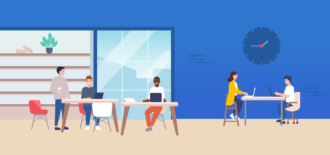
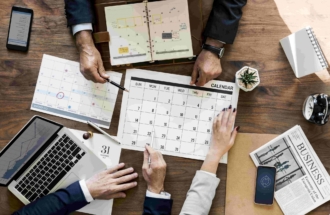



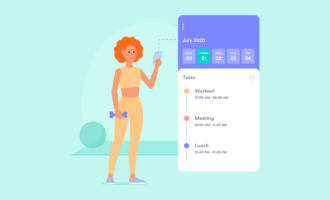




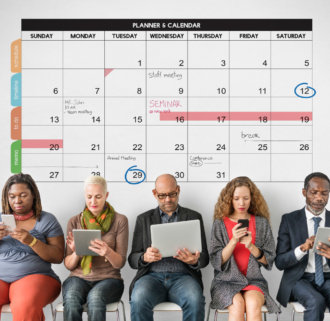
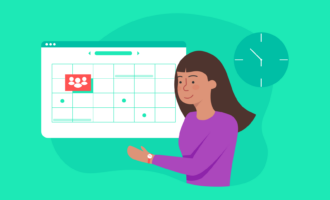
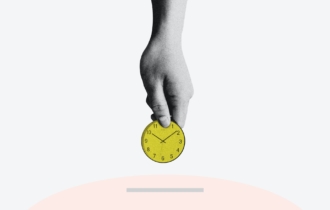
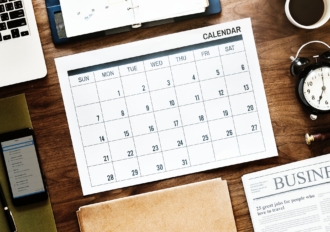









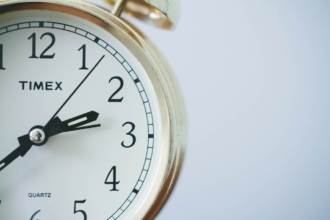
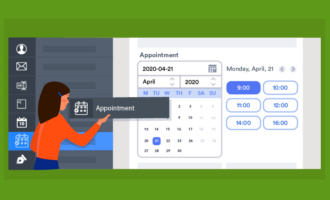
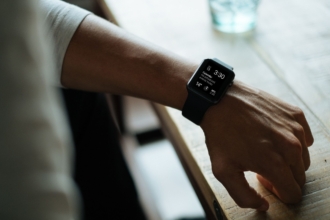


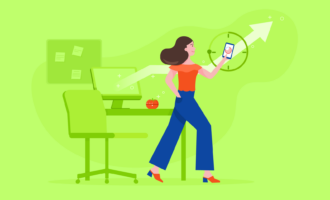

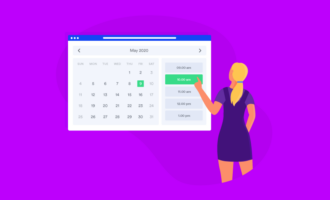





Send Comment:
2 Comments:
More than a year ago
Office space offers a productive environment to work and offer your insight and services to teams. Many of the people, somehow are not able to get a good efficiency every time because of not being able to share their energy with everyone. Many times useless office things also render in their path of their success and they start becoming inefficient. Here are some tips on work productivity for better work performance and efficiency.
More than a year ago
Its very good n I had done ecspecially go green, farming, travelling.